- To proceed to checkout and complete your order, you must have a minimum order amount of $200 . Your current order total is $0.00.
Golden Tree Snakes
$979.00 Original price was: $979.00.$680.00Current price is: $680.00.
Golden Tree Snakes are captivating reptiles with their vibrant colors and unique gliding abilities. They require a well-structured environment that mimics their natural habitat and a varied diet to thrive in captivity. While they may not be the best choice for novice keepers due to their active nature and handling requirements, they can be a rewarding pet for experienced reptile enthusiasts who appreciate their beauty and fascinating behaviors.
Golden Tree Snakes For Sale
Golden Tree Snakes (Chrysopelea ornata), also known as Ornate Flying Snakes, are a fascinating species known for their vibrant coloration and unique gliding ability. Here’s an overview of their characteristics, habitat, behavior, and care:
Physical Description
- Size: Golden Tree Snakes are relatively slender and typically reach lengths of 1.2 to 1.5 meters (4 to 5 feet), although some individuals can grow slightly larger.
- Coloration: They are known for their striking green or yellow-green coloration, often adorned with black crossbands or spots that create an ornate pattern. This vivid coloration helps them blend into the foliage of their arboreal habitats.
- Body Shape: Their bodies are laterally flattened, which aids in their gliding ability. They have a relatively long tail compared to other snakes.
Habitat and Distribution Golden Tree Snakes
- Habitat: Golden Tree Snakes are arboreal and can be found in forests, woodlands, gardens, and rural areas. They are often spotted in trees, shrubs, and even human dwellings where they hunt for prey.
- Geographic Range: These snakes are native to Southeast Asia, including countries like India, Sri Lanka, Thailand, Malaysia, Indonesia, and the Philippines.
Behavior and Diet Golden Tree Snakes
- Behavior: Golden Tree Snakes are diurnal and highly active, spending most of their time in trees. They are known for their unique ability to glide from tree to tree by flattening their bodies and using a serpentine motion to control their descent.
- Diet: Their diet mainly consists of small vertebrates, including lizards, frogs, birds, and small mammals. In captivity, they can be fed appropriately sized rodents, although they may also require a varied diet to thrive.
Gliding Ability
- Mechanism: To glide, They launch themselves from a height, flatten their bodies, and undulate in the air, allowing them to cover distances of up to 100 meters (330 feet) between trees. This gliding ability is used to escape predators and to move efficiently through their arboreal habitat.
Reproduction
- Breeding: They are oviparous, laying clutches of 6 to 12 eggs. The eggs are usually deposited in hidden, humid locations such as leaf litter or rotting wood. Incubation lasts about 60 to 80 days, depending on temperature and humidity.
- Development: Hatchlings are independent from birth and are capable of hunting small prey almost immediately.
Captive Care
- Enclosure: In captivity, Golden Tree Snakes require a tall enclosure with ample vertical space for climbing. The enclosure should include branches, plants, and hiding spots to mimic their natural arboreal environment.
- Temperature and Humidity: They thrive in temperatures ranging from 24-30°C (75-86°F) with a basking spot around 32°C (90°F). Humidity should be kept moderate to high, around 60-80%.
- Feeding: They can be fed a varied diet of appropriately sized rodents and occasionally other prey items like lizards or frogs to replicate their natural diet. Juveniles should be fed more
frequently, typically every 5-7 days, while adults can be fed every 10-14 days.
Handling and Temperament
- Handling: Golden Tree Snakes can be skittish and defensive, especially when they feel threatened. They may not be as docile as some other pet snakes and should be handled with care to avoid stress or injury.
- Temperament: While they are not venomous, their bites can be painful. It’s important to handle them gently and ensure they feel secure.
Conservation
- Status: Golden Tree Snakes are not currently listed as threatened or endangered. They are relatively common in their natural range and adapt well to various environments.
- Threats: Potential threats include habitat loss due to deforestation and urban development. However, they are generally adaptable and can sometimes thrive in human-modified landscapes.
Purchasing Considerations
- Source: When purchasing a Golden Tree Snake, it is crucial to buy from reputable breeders or specialized reptile stores. Wild-caught specimens may be more stressed and have difficulty adapting to captivity.
- Health: Ensure the snake is active, has clear eyes, a healthy appetite, and smooth scales. Avoid individuals with signs of illness, such as lethargy, discharge, or abnormal shedding.
Conclusion
Golden Tree Snakes are captivating reptiles with their vibrant colors and unique gliding abilities. They require a well-structured environment that mimics their natural habitat and a varied diet to thrive in captivity. While they may not be the best choice for novice keepers due to their active nature and handling requirements, they can be a rewarding pet for experienced reptile enthusiasts who appreciate their beauty and fascinating behaviors.
Related products
-
Scrub Pythons
$750.00Original price was: $750.00.$460.00Current price is: $460.00.Add to cartPopularity in Captivity
- Due to their size and beauty, Scrub Pythons are popular among experienced reptile keepers. They require dedicated care and handling due to their potential size and strength, making them suitable for advanced hobbyists rather than beginners.
-
Albino Darwin Carpet Pythons
$700.00Original price was: $700.00.$490.00Current price is: $490.00.Add to cartInteresting Facts
- Longevity: These pythons can live up to 20 years or more in captivity with proper care.
- Genetics: The albino trait is recessive, meaning that both parents must carry the gene for their offspring to be albino.
-
Stimsons Pythons
$350.00Original price was: $350.00.$260.00Current price is: $260.00.Add to cartStimson’s Pythons are known for their manageable size, attractive appearance, and relatively easy care requirements, making them a popular choice for both novice and experienced reptile keepers. Their docile nature and adaptability to various environments contribute to their success both in the wild and in captivity.
-
Blue Phase Common Tree Snakes
$1,399.00Original price was: $1,399.00.$890.00Current price is: $890.00.Add to cartBlue Phase Common Tree Snakes are a visually stunning and captivating addition to any reptile collection. With proper care and attention to their specific needs, they can thrive in captivity and provide years of enjoyment for their keepers.
-
Stimsons Pythons T+ Albino
$670.00Original price was: $670.00.$590.00Current price is: $590.00.Add to cartT+ Albino Stimson’s Pythons are prized for their unique and attractive coloration, making them popular among reptile enthusiasts. Their manageable size, docile nature, and relatively straightforward care requirements make them a suitable choice for both novice and experienced keepers.
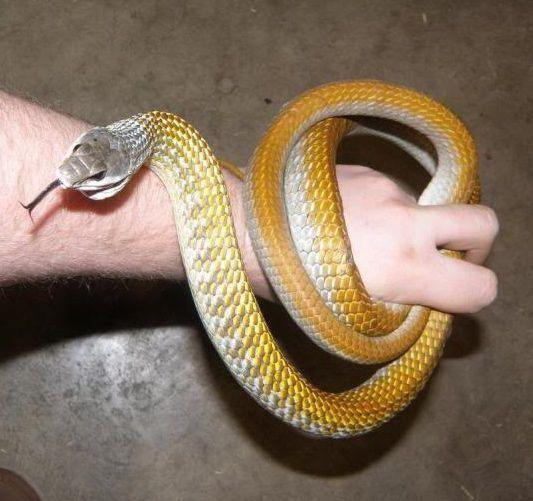
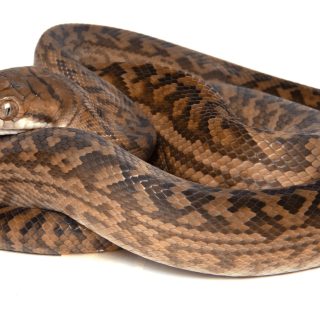
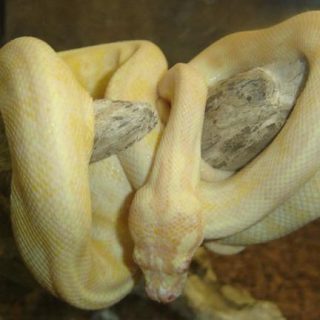
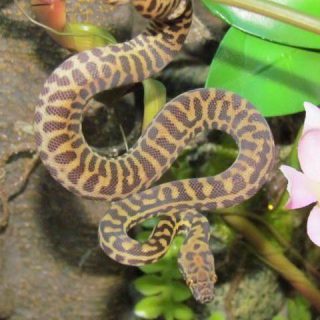
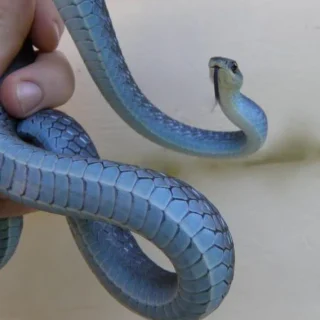
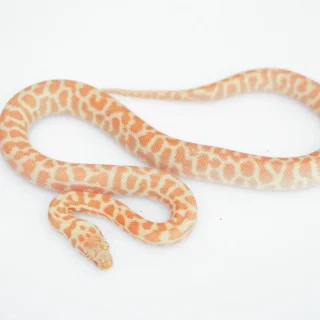
Reviews
There are no reviews yet